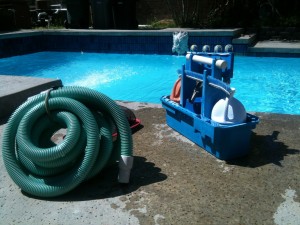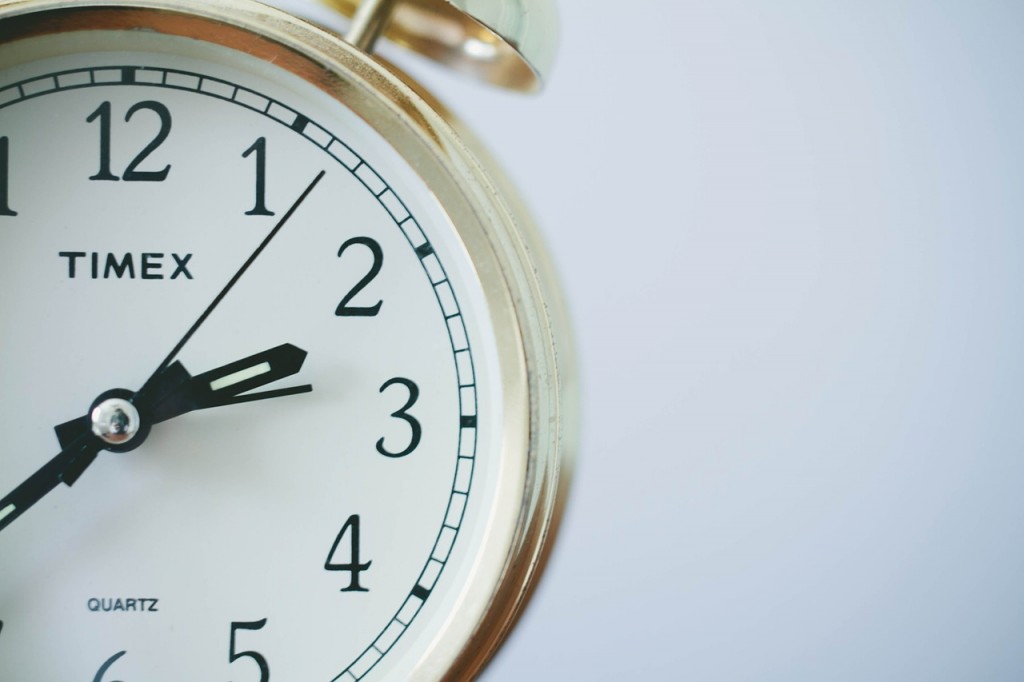Swimming pools are a major part of the Central Florida lifestyle. As such, maintaining your pool is essential to keeping it in top condition for the sake of safety, enjoyable use, beauty, and property value. While we at Certified Leak Detection specialize in detecting and repairing leaks in pools, we know that proper pool maintenance is the first step in noticing problems that can become much more expensive to repair if left ignored. In the interest of saving you time and money, we offer this pool maintenance guide and basic pool care checklist that will help you keep your pool in top condition. You can also create a swimming pool maintenance log sheet to make sure you stay on schedule.
To start with, you can add your pool to your spring-cleaning schedule to make it swim-ready. To maintain your pool properly, you need to determine the tasks that need to be performed on a daily, weekly, monthly and yearly basis.
But first, here is a basic pool care checklist for opening the pool in the spring
- If you use a pool cover, clean and store it.
- Clean and vacuum the pool thoroughly.
- Add water until it reaches the desired height (at 1” or 25mm per hour).
- Check the pH, calcium hardness and total alkalinity levels. Also test the water balance.
- Check all the electrical fittings, skimmers, filters, ladders, drains, plugs, gauges, diving boards and other vital components of the system.
- Lubricate the fittings, O-rings, plugs, and valves.
- Use a cleanser to clean the tiles and skimmer and inspect tile and grout installations.
- Have the pool water analysis performed by a professional pool maintenance service.
- Inspect the pool deck and clean it thoroughly.
- Vacuum the bottom of the pool and skim pool water surface.
- If required, backwash the filter.
- Shock the pool and add algaecide.
- Clean skimmer and pump basket.
Daily, weekly, monthly, and yearly tasks
You can properly maintain your pool if you plan out a swimming pool maintenance schedule on a daily, weekly, monthly and yearly basis.
Daily pool maintenance activities
Keep track of the water level – All it takes is a glance to check the water level of your pool. The water level should not be too high or too low. If it’s too low, the skimmer will suck air, and if too high, the skimmer will stop skimming. To get rid of too much rainwater, you can use the “waste” setting on a multiport valve, and then start a siphon hose – or use a submersible pump.
Inspect the pump and filter – Check the filter pressure gauge daily to see whether the water is flowing through the filter normally. If the pressure is lower than normal, it means that something is wrong before the impeller – which could be due to full baskets, closed valves or low water level. If the pressure is higher than normal, it means that something is wrong after the impeller, which could be due to a dirty filter or closed valves. Also, you should try to find out if there is an unusual noise coming from the pump, and if the pump lid is clear, see how water is flowing through the pump.
Monitor the pH and chlorine level – If not on a daily basis, then at least two or three times a week, monitor the pH and chlorine level of your pool. It is vital for your pool to have the right levels of pH and chlorine. You need to maintain a pH level of 7.4-7.6 and chlorine level of 1-2 ppm. Make sure that pH and chlorine levels don’t become too high or too low.
Inspect gates and fences – A quick look at the fence and gates will tell you if there’s a condition that needs to be repaired. The fence section should be sturdy, and gates properly latched. Make needed repairs as soon as possible to avoid tragedy.
Inspect the pool cleaner – If you use pressure cleaners that run for two to three hours daily, you check the bag and empty it as needed. If you use suction or robotic cleaners, then you don’t need to run it on a daily basis (use it only when the circulation is poor). You should only use cleaners when necessary – perhaps one to three times weekly.
Inspect baskets –Check the pump and skimmer basket and empty as needed.
Weekly pool maintenance activities
Pool cleaning – Skim the surface of the pool, brush the walls and floors and vacuum. Even if you are using a suction or robotic pool cleaner, you still need to skim regularly. Brushing improves water circulation and prevents algae growth.
Test the total alkalinity level – If you want the pH level of your pool to remain consistent, you need to check the total alkalinity level on a weekly basis. The total alkalinity level should remain between 80-120 ppm. Add acid to lower the total alkalinity of your pool and add sodium bicarb to increase it. When the total alkalinity of your pool is too high, it makes pH adjustment difficult. And, when it is too low, it is difficult to control the pH level.
Keep the pool deck area clean – If your pool area isn’t enclosed, keeping this area clean decreases the amount of leaves and other yard debris that winds up in the pool.
Add chemicals – It is important to add algaecide, clarifier, enzyme or metal sequestrant in the right amount on a weekly basis. This improves filtration, prevents algae growth and avoids metal staining. You need to add the right amount of chemicals because it maintains the correct pool balance and prevents algae growth.
Monthly pool maintenance activities
Keep the pool filter clean – Check the filter pressure gauge. Backwash the filter (or remove and clean it if you have a cartridge filter) when the gauge is 5-10 psi higher than normal, or if you notice that the flow rate is on the lower side.
Shocking the pool – This is done to raise the chlorine level to 5 or 10 times, and it is primarily performed to kill lurking bacteria or algae. Shocking is also done to break the chlorine. If the combined chlorine level crosses the 0.3 ppm mark, you need to shock the pool to a level 10 times greater than the tested combined chlorine level.
Monitor calcium and cyanuric acid levels – Though these levels stay stable for a long time, they need monitoring on a monthly basis, and adjusted as required. Calcium hardness should range between 200-400 ppm (vinyl and fiberglass pools do well with 150 ppm), and the level of cyanuric acid should range between 30-40 ppm.
Saturation index test – With the rise in temperature in summer, water balance levels tend to change. It is a way to check if your pool water is corrosive or scale-forming. If you want to avoid scaling, staining, or etching pool surfaces, do this test on a monthly basis.
Water line and skimmer cleaning – If you want to keep the water line clean, you should make sure that you keep the inside of the skimmers clean. If you want to get rid of oily scum and dirt, use a cleanser and a scrubbing sponge, which keeps the well of the skimmer clean. You can use a tile and vinyl cleaner or a chlorine-based cleaner to remove a “bathtub ring” around the pool.
Check the time clock – During power outages, the manual time clocks stop turning.
Check the current time and reset if required.

Yearly pool maintenance activity
Clean the dive and slide surfaces (if applicable) – Clean the slide and diving board surfaces with a cleanser.
Inspect the bolts for tightness – Over time, diving board bolts, ladder tread bolts on slides and pool ladders can loosen. Tighten if needed.
Inspect the pool cleaner parts – Pool cleaner parts can also loosen over time. Inspect and replace as needed.
Clean the filter properly – It is important to clean (hose clean) the DE filter thoroughly once every year. You also need to clean cartridge and sand filters annually.
Lubricate the O-rings – These include the pump lid, chlorinator lid, filter and push-pull valve.
Basic checklist for closing the pool for winter:
- Balance the pool water chemistry.
- Run the filter continuously for 24-48 hours.
- Remove cleaners, skimmer baskets, ladders, solar blankets and wall fittings.
- Bring the water level down in the pool to 6" below the skimmer level (at 1" or 25 mm per hour).
- Drain the filtering, pumping, sanitizing and heating equipment.
- Lubricate valves, plugs and O-rings.
- Vacuum and clean the pool thoroughly.
- Winterize the plumbing and add winterizing algaecide.
- Cover the pool; make sure cover fits tightly.
Again, we don’t perform pool maintenance services, but want you to get the most out of your Central Florida swimming pool! If you notice issues with dropping water levels or anything else that raises concern, contact us at Certified Leak Detection for experienced detection and repair.



I liked your blog it has good information which I required, I have a small pool and their have an issue which related to leak after reading your blog I can find that the issue so thanks a lot and keep us inform.